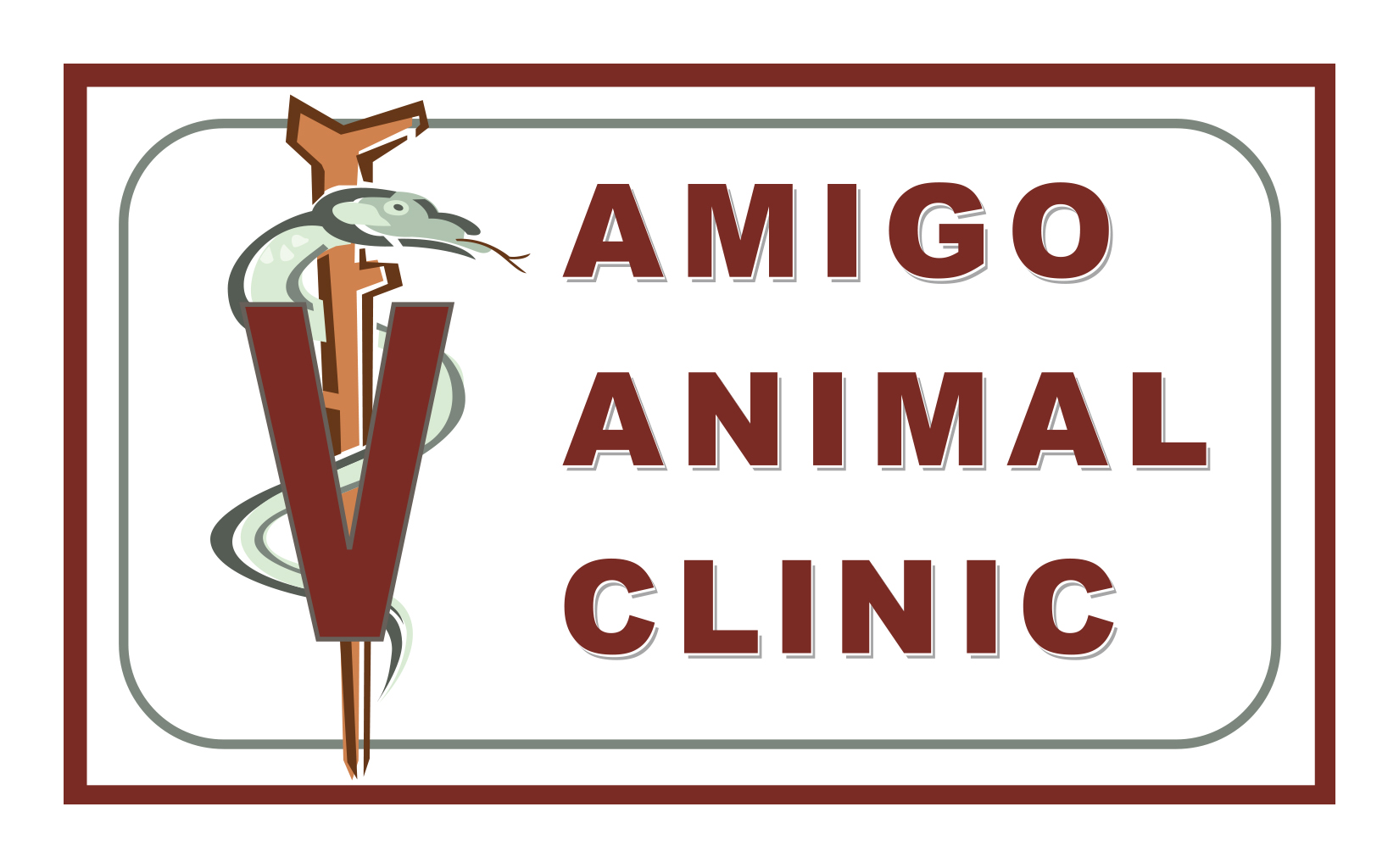It may not seem like a big deal to wash your pet’s food and water bowls daily. After all, they usually lick their bowls clean right? But what can be lurking in your pet’s food and water bowls? Bacteria, often unseen, can be growing without you knowing it. This may be a health risk to your pet but also to any humans that the bacteria can be transferred to.
What Is in Your Pet’s Bowl?
Your pet’s bowls are perfect breeding grounds for many kinds of bacteria. Pet food, whether it be in dry kibble form, raw or wet form, is full of carbohydrates, proteins and sugars. These make bacteria multiply quickly. Bacteria also grows well in water.
Science Lecturer Aisling and Bioveterinary Science Graduate Coralie Wright investigated the buildup of bacteria on dogs’ water bowls. They found the highest amount of bacteria in plastic bowls over time. But they found the most harmful bacterial species, including E.coli and MRSA, most frequently in ceramic bowls. They reported, “It is clear from our study that dog water bowls pose a disease risk to both human and animal health.”
Types of Bacteria Found
Serratia marcescens
Have you ever noticed your pet bowls having a pink color on them? This is called Serratia marcescens. This bacteria can also be found in other areas around the house. This bacteria can cause illness in pets with compromised immune systems. Pets may develop lethargy, septicemia, gastrointestinal upset, urinary tract infections and pneumonia can be caused by the bacteria.
Salmonella, Campylobacter jejuni, Escherichia coli, and Staphylococcus aureusare
These bacteria are also common to pet bowls. They are also common kitchen bacteria. Some illnesses caused by these bacteria are: blood infections, meningitis, vomiting, diarrhea, pneumonia, infections in the heart, and other health issues.
Is My Pet at Risk?
Dogs and cats are carnivores, and evolved eating raw meat. Their systems can handle a certain amount of bacteria. A healthy dog or cat will not likely get sick from e.coli or salmonella poisoning. This is because their digestive tracts are different from a human’s. They have strong hydrochloric acid in their stomach to digest meat and even bones. The acid is about 10 times stronger in concentration than what we have in our stomachs. The acid should kill most bacteria. This does not mean that a dog or cat won’t contract e.coli or salmonella poisoning.
Fortunately, all these bacteria generally only affect people and pets that are already immunocompromised. Healthy people are less likely to be sick from these bacteria. However, children and older people (or those who are already ill) are very much at risk.
Prevent the Bacteria from Growing
- Wash your pet bowls daily. Realize that if the surface of a bowl feels slick or slimy that bacteria is growing. A good rule is simply empty, wash and refill the water bowl daily. And clean the food bowl after each meal.If you see any pink coloring on a pet bowl, realize it is likely Serratia marcescens. Disinfect the bowls where it has formed with a strong chlorine bleach solution for 10-20 minutes before thoroughly rinsing it away with clean water. Avoid scratching the surface of the bowl as bacteria can linger in the scratched surface.
- As per the research mentioned above, bacteria were most found on plastic and ceramic bowls. They found the least bacteria on stainless steel bowls. We highly recommended to switch to stainless steel if you have not already done so.
The above recommendations go for other pets as well. For example rabbits, Guinee pigs, mice, hamsters, etc.
If you have any concern whether your pet may be suffering from exposure to bacteria contact us immediately. Let us know your pet’s symptoms so we can help you get your pet on the road to health again.
What's Next
Call us or schedule an appointment online.
Meet with a doctor for an initial exam.
Put a plan together for your pet.

